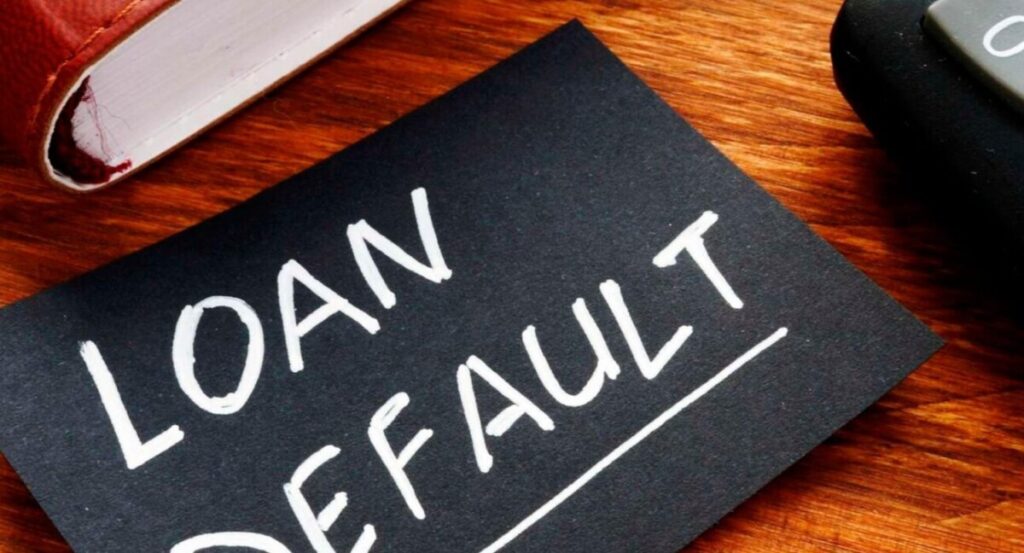
Defaulting on a loan in Kenya can feel overwhelming, but recovery is entirely possible with the right approach. When a borrower fails to make repayments for more than 90 days, lenders classify the account as non-performing and report it to Credit Reference Bureaus (CRBs) such as Metropol, TransUnion, or Creditinfo. Once listed, your access to new credit, mortgages, or even jobs that require financial vetting becomes limited. However, defaulting on a loan in Kenya does not have to define your financial future. With structured steps and discipline, you can rebuild your financial standing and regain creditworthiness.
Step 1: Assess Your Situation (Reality Audit)
Recovery begins with understanding your financial reality. List all outstanding debts, sources of income, and monthly expenses to get a complete view of your finances. This process helps identify how deep your financial challenges go.
You can use free financial literacy tools provided by the Central Bank of Kenya (CBK) or budgeting apps such as Money Manager EX to organize your records. Calculate your debt-to-income ratio and ideally, it should be below 40%. If the ratio is higher, you’re likely living beyond your means.
Next, identify what caused the default. Was it job loss, unexpected medical bills, or simply over-borrowing? Understanding the root cause helps you create an effective recovery plan. Make immediate adjustments where possible, cancel unnecessary subscriptions, reduce entertainment costs, and reallocate those funds toward debt repayment. Cutting even 10–20% of your spending can create room for consistent repayments.
If the situation feels unmanageable, consider seeking help. The Kenya Bankers Association and Consumer Protection offices offer free financial advice to borrowers dealing with loan defaults.
Step 2: Obtain and Review Your CRB Report
To recover after defaulting on a loan in Kenya, you must first know where you stand. Request a copy of your CRB report to understand which lenders have listed you and what amounts are outstanding.
You can get your CRB report through:
- Metropol: Dial *433# and follow the prompts.
- TransUnion: Send your ID number via SMS to 21272.
- Creditinfo: Register online at creditinfo.co.ke, and your report will be sent to your email.
Credit scores in Kenya range from 200 to 900, with scores below 400 indicating default status. Review your report carefully to ensure all information is accurate. Errors can happen, and disputing them promptly with the respective bureau can prevent unnecessary penalties.
Step 3: Negotiate with Your Lender
Once you know your loan status, contact your lender immediately. Avoid ignoring their calls or messages, as communication is key to resolving the issue. Explain your financial situation and request possible relief options such as:
- Loan restructuring (extending the repayment period)
- Interest rate reduction
- Lump-sum settlement at a discounted rate
If you have a secured loan, like a logbook loan, be aware that lenders are legally required to issue a 90-day notice before repossessing your asset. This notice gives you time to make arrangements or clear the arrears.
Evidence from Sub-Saharan Africa shows that borrowers who engage lenders early and set realistic repayment plans are 25% more likely to recover than those who ignore communication. Always request written documentation of any repayment agreement to protect yourself from future disputes.
Step 4: Settle the Debt and Clear Your CRB Listing
After reaching an agreement, begin making repayments consistently. Even small payments show commitment and help maintain trust with lenders. Aim to pay at least 3% of your outstanding debt every month, or more if your income allows.
Once the loan is fully settled, request a clearance or confirmation letter from your lender. This document proves that the debt has been cleared. Under the Central Bank of Kenya (Credit Reference Bureau) Regulations, lenders must update your CRB status within 30 days of repayment.
After the update, apply for a CRB Clearance Certificate from any of the three licensed bureaus. This certificate, valid for six months, confirms that you have no outstanding listings. Some financial institutions, like KCB Bank, may also assist in clearing your CRB record if you take and repay a new loan under compliant terms.
Step 5: Rebuild Your Financial Health
Clearing your name is only the beginning. Rebuilding your financial health is the most critical stage of recovery. Start by creating an emergency fund that can cover three to six months of living expenses. A SACCO savings account is a good place to keep these funds while earning dividends.
Adopt the 50/30/20 rule for budgeting and allocate 50% of income to needs (rent, food, utilities), 30% to wants (entertainment, non-essentials), and 20% to savings or debt repayment.
Once your finances stabilize, consider taking a small credit-builder loan (KES 5,000–10,000) from a microfinance institution or SACCO. Repay it on time to gradually improve your credit score. Lenders and CRBs typically record positive repayment history within six to twelve months, helping you rebuild your credit profile.
Jefferson Wachira is a writer at Africa Digest News, specializing in banking and finance trends, and their impact on African economies.
